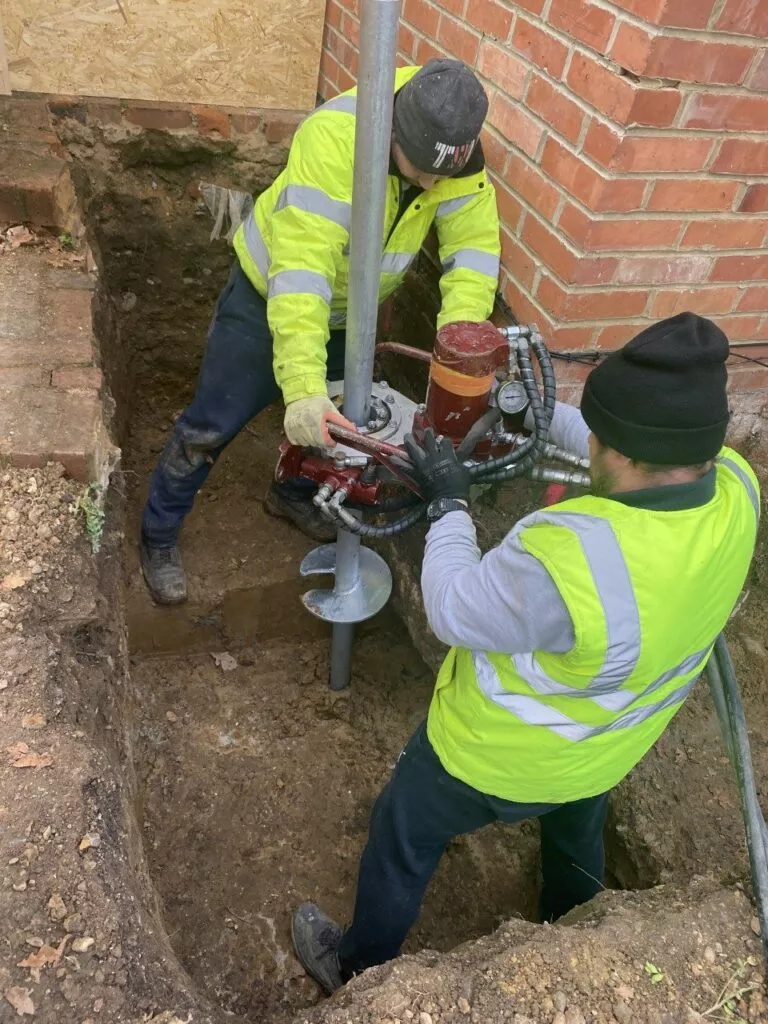
The warmer weather can wreak havoc on your property, yet rising temperatures are something that we’re all going to have to get used to in the years ahead but how can screw piles help?
As we all learn to battle the heat, it’s also important that we learn how to address some common structural problems that can arise in our houses after periods of drought or extreme heat.
Screw piles can prove particularly useful when dealing with buildings that shift after warm weather. Here’s a closer look at how and why:
What are screw piles?
Screw piles are a system that are used to support existing foundations as well as being installed for new structures.
They are usually made of a form of high strength steel and can be found in varying sizes depending on the needs of the construction project.
They are fitted in the ground to support heavy loads and can be found on many construction projects related to common heat-related problems such as subsidence, poor ground conditions, or where trees are in the vicinity.
Understanding subsidence and warm weather
Put simply, subsidence is the process where a property starts to sinks as a result of the ground beneath its own foundations shrinking and moving.
Depending on the severity, it can be fixed relatively easily or may require more extensive structural work to help keep the affected property from subsiding further – or in the worst-case scenario, collapsing.
Some of the most common signs of subsidence include cracks in walls and ceilings, both exterior and interior.
Subsidence can happen at any time of year, but it is seen particularly frequently during warmer months and particularly following periods of extreme heat.
This is because of the soil beneath the property drying out. Hot weather can exacerbate the issue, but it is seldom the only cause.
It’s always a good idea to check for early signs of subsidence, when it will be less invasive and less costly to resolve.
How can screw piles help?
Screw piles are frequently used rather than traditional underpinning process due to the fact they can be installed to a depth where the soil is stable and unaffected by climate change.
Building projects might need further reinforcement or excavation, particularly in the case of structures that have moved in hot weather or are suffering from subsidence.
This is where screw piles prove particularly useful. They can be installed in a number of ways, primarily either by torque heads fitted to machines (where possible) or using hand held torque units.
Screw piles offer a number of fantastic advantages over traditional piling, including being much speedier to install and causing much less noise and disruption during the process.
They can be installed to a depth safely where the ground is stable. This makes them a great option for projects where you need to limit damage to the surrounding area without sacrificing efficiency.